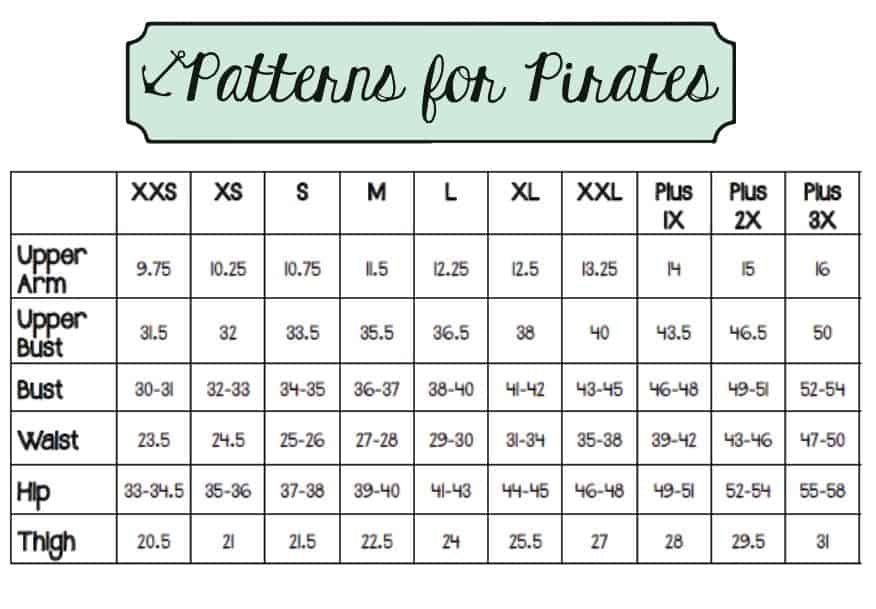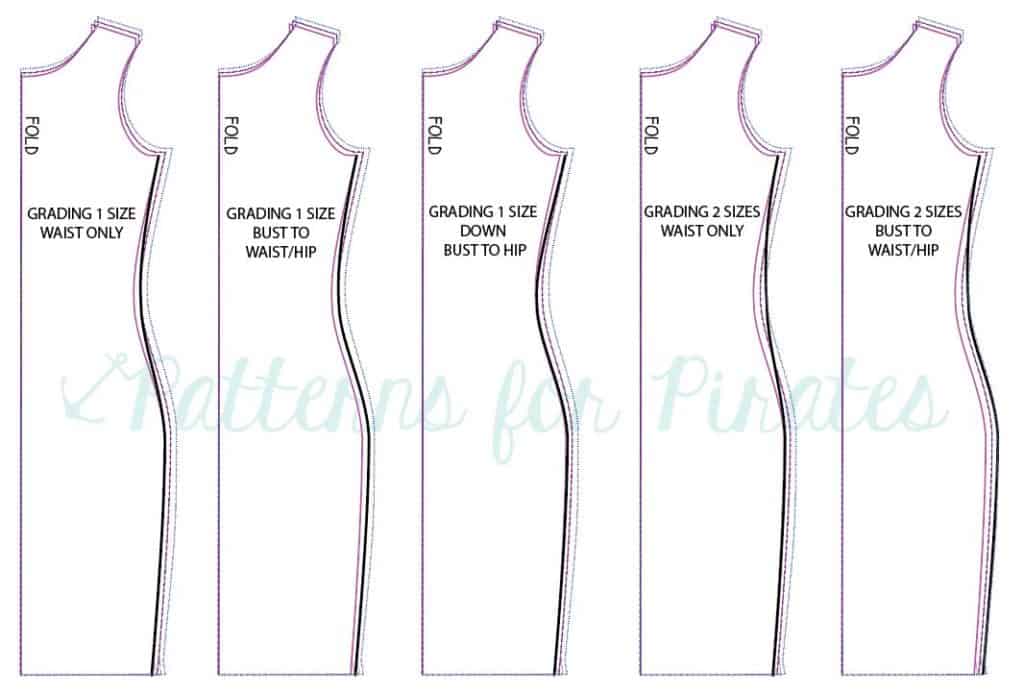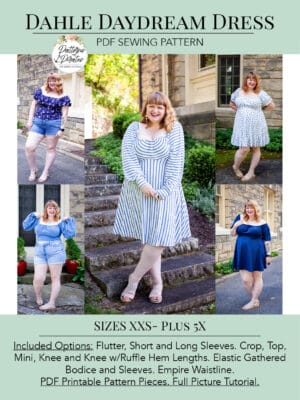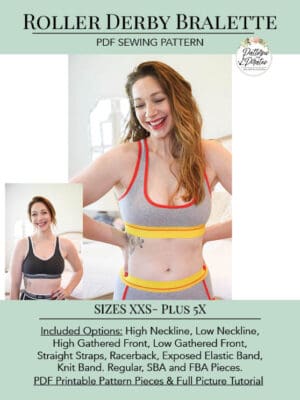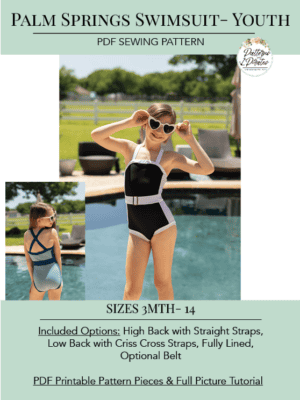Welcome back for Day 2 of P4P Raglan Week! Now that you’ve all grabbed your copies of the Jolly Roger Raglan and the Add-On pack for it, I’m here to share an easy “hack”!
I love being able to make fun shirts for my son. However, I don’t always love having to spend the money for fancy knit prints, or having to search high and low for something that is geared toward the interest of my 6-year old. How to do I get around it? With fun, WOVEN cotton prints, from my local fabric stores! They are money savers and tend to have a million fun prints that are loved by my little guy. Want to know how I manage to mix a woven fabric into a knit pattern? It’s so simple!
No adjustments are needed for the pattern pieces itself. Out of your knit fabrics cut your neckband, sleeves and back panel as the pattern calls for. And for the front, simply opt in your woven print instead of a knit! It’s as easy as that! Because of the way raglan sleeves are attached, they still provide enough ease, stretch, and room for the shirt to fit over your little’s heads. And the Jolly Roger Raglan has enough of a relaxed fit that there isn’t any need to add extra space in the body. Easiest hack ever, am I right?
Create your raglan as the pattern calls for. I always use a serger to finish the bottom hem of my woven-front raglans, but you don’t have to. I just like having that serged piece for a sturdier grip when I’m turning the edge under 1/4″ and then another 1/4″ before I edge stitch the hem. You are welcome to finish the bottom edge however it suits you the best.

Be sure to press your fabric and then have your child wear it (to distract them while you make a million more).
If you’ve created your very own woven-front Jolly Roger during P4P Raglan week, we would love for you to share it with us! Head over to the Facebook Group or share on Instagram. And be sure to use the tag #P4PRaglanWeek so we can find you!
Curious about what else has been happening during our raglan-loving week of fun?
Just take a look at our schedule!
Monday, September 19: Jolly Roger Raglan Pattern Update + Jolly Roger Add-On Pack Pattern Release
Tuesday, September 20: JRR Woven Fabric Hack
Wednesday, September 21: JRR Animal Faces Add-On
Thursday, September 22: Contrast Band Hack for Kangaroo Pockets
Friday, September 23: Women’s Keyhole / Scoopback Raglan Hack
Saturday, September 24: Off-The-Shoulder Raglan Hack
Sunday, September 25: Adding Stripes to Your Raglan Sleeves















































































































